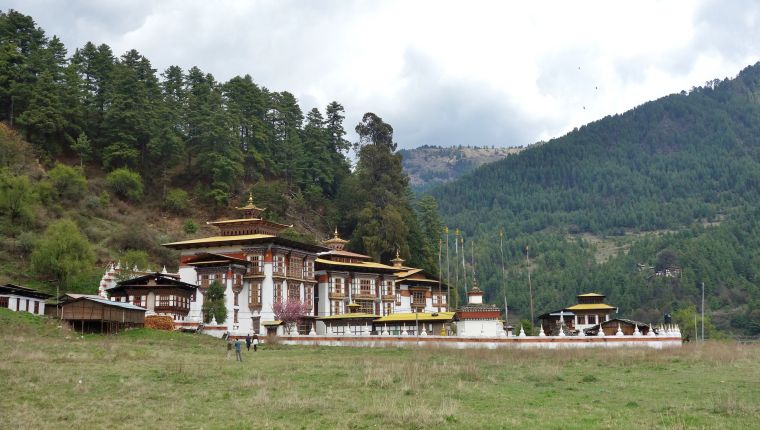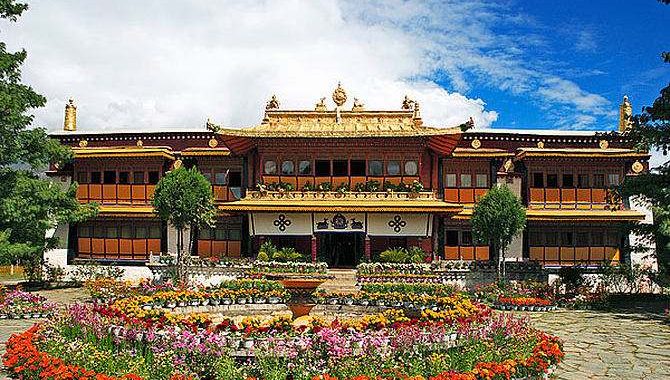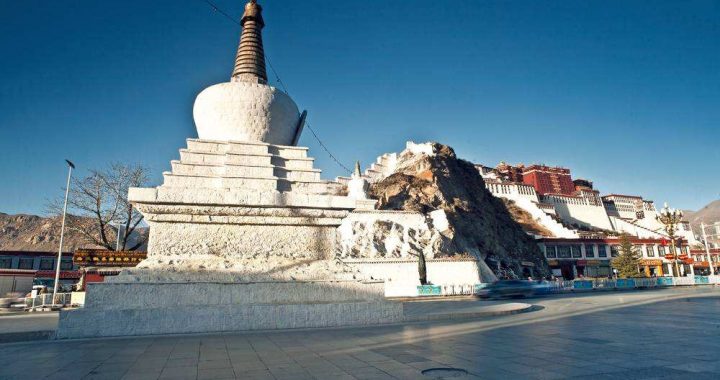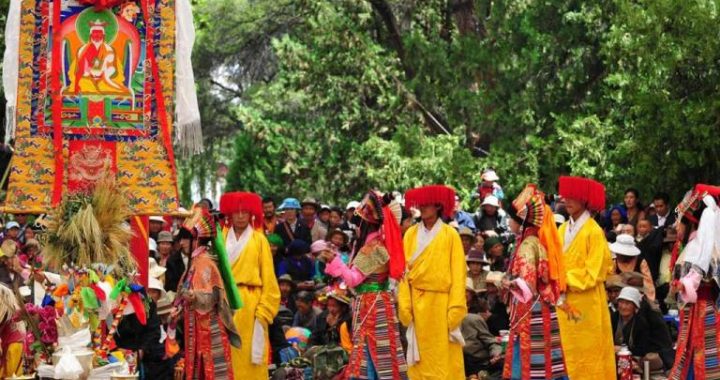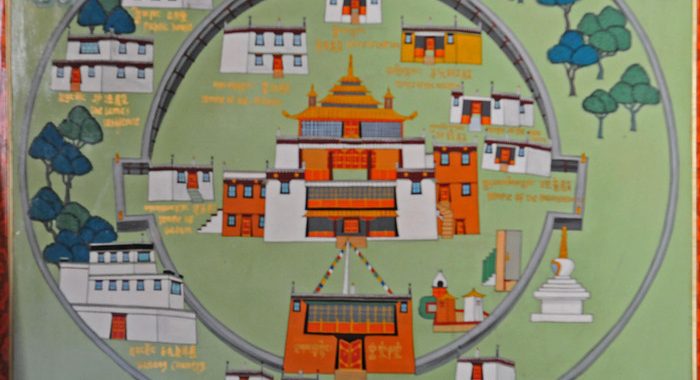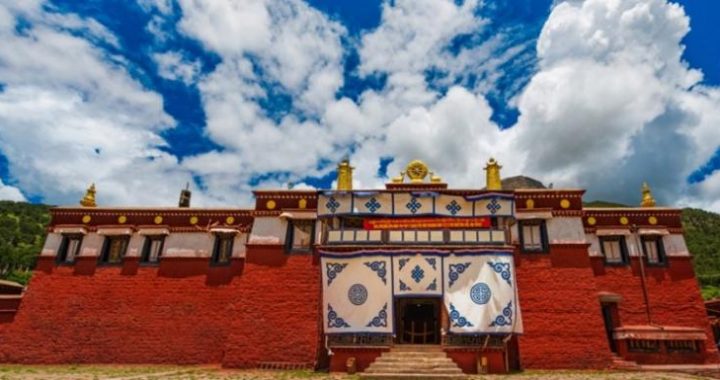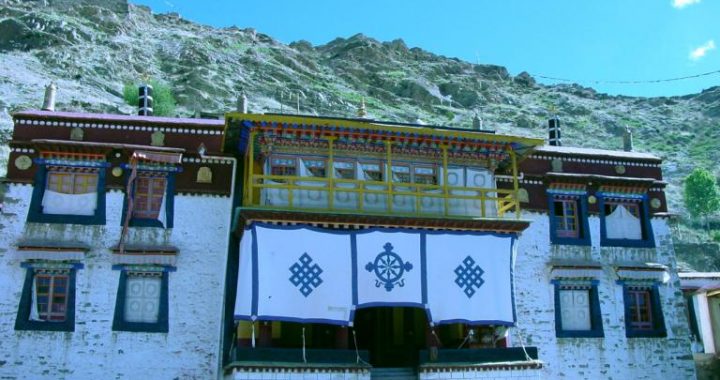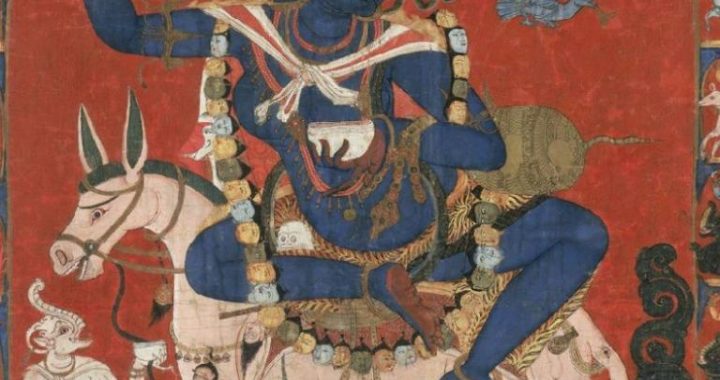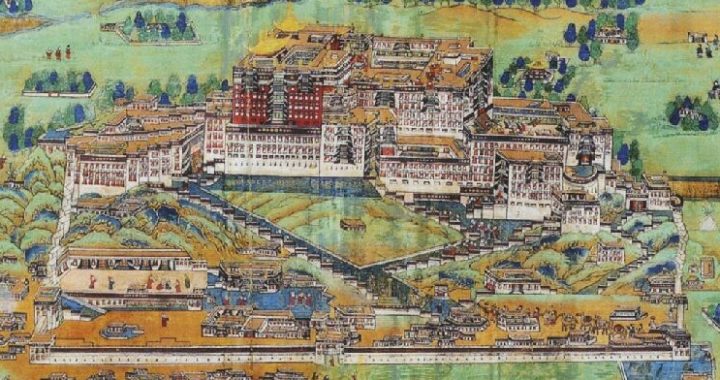The Stage When the Single Architecture of Lhakang Prevailed
3 min readThe evolution of Tibetan buildings,including the extravagant palaces as well as the incense-pervading temples,goes along with the rise and fall of Buddhism.A closer examination of the Tibetan architecture reveals that those buildings have a long history of more than 1300 years since the erection of the first Buddhist temples with the spread of Buddhism into the Tibetan plateau in the mid seventh century.It should be noted that Tibetan architecture rose along with the spread andevolution of Buddhism.Hence the Tibetan architecture generally carries the features of Buddhist temples.With the artistic and stylistic evolution of the local architecture,the Tibetan temples and palaces can be roughly divided into three stages of development.
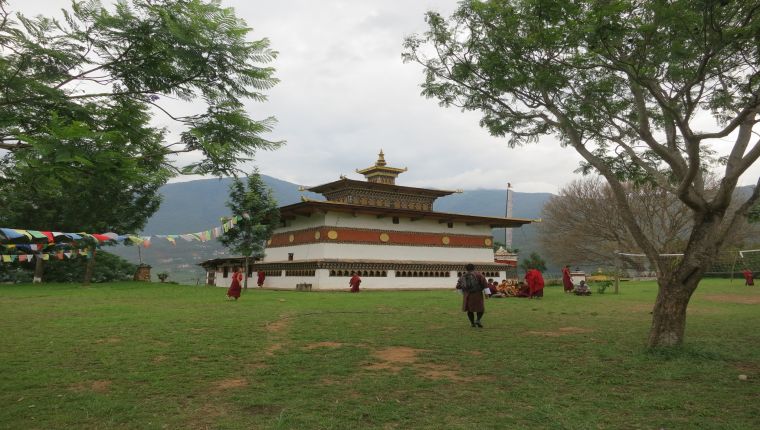
The Stage When the Single Architecture of Lhakang Prevailed The period between the seventh century and the middle of the ninth century marked the inception of Tibetan temples and palaces,or so called the Lhakang period.This period witnessed the ups and downs of Tibetan Buddhism.The architecture of palaces and temples was greatly developed along with the spread ofBuddhism,but it also suffered to some extent due to the Buddhism-banning campaign.
The seventh century witnessed the start of Tibetan architecture.The Tubo king Songtsen Gampo unified Tibet and established the Tubo dynasty.He married Princess Bhrikitu from Nepal and Princess Wencheng from the Tang dynasty.Both princessesbrought along with them Buddha statues,Buddhist sutras,ritual objects and monks into Tibet and respectively built up Jokhang Temple and Ramoche Temple to enshrinethe sacred objects.Thereupon Songtsen Gampo had various temples and worship center constructed on a large scale around Lhasa,such as the earliest twelve small Buddhist temples built during his reign of Tubo Kingdom to enshrine the statues of Sakyamuni,Avalokiteshvara,Tara,Yumchen and so on.The construction of Tibetan palaces and temples thus began.
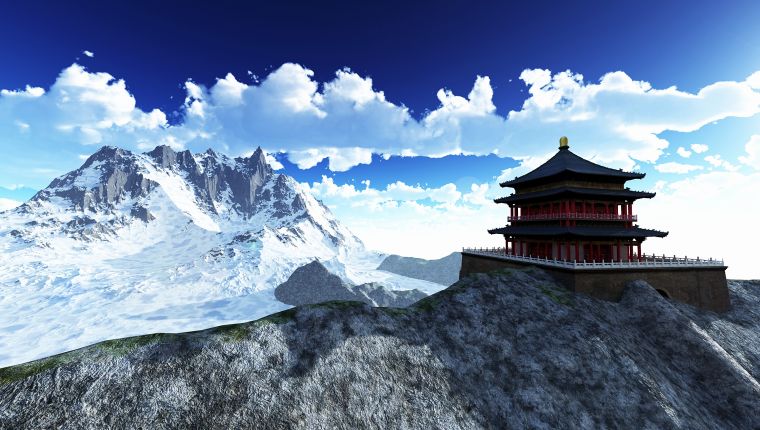
The year 755 saw the first Buddhism-banning campaign which caused awful damages to the Tibetan temples.As the Tubo King Trisong Detsen was too young to assume power at that time,the anti-Buddhism became so rampant that a number of temples including Jokhang Temple were devastated.After Trisong Detsen came into power,he relentlessly punished the anti-Buddhism ministers and meanwhile heartedly welcomedthe Indian Buddhist masters such as Shantarakshita,Padmasambhava to Tibet to sprea Buddhism.On top of all,he founded Samye Monastery with monks and Buddhist sutras,the first Tibetan Buddhist temple in the expression’s true sense.Thanks to the royal support,Tibetan Buddhism enjoyed a golden period of development for about one hundred years.The Princes and consorts were even encouraged to be monks or nuns,which contributed to the unprecedented prosperity of Buddhist palaces and temples.More than thirty temples and worship centers were set up after Trisong Detsen came into power.
In 836 Tibet saw the second Buddhism-banning campaign.The anti-Buddhism parties damaged the temples on a large scale,as reflected in blocking up Jokhang Temple,Samye Monastery and converting Ramoche Temple into a bull pen,so on and so forth.
In such circumstances Buddhism was cruelly suppressed and,as a result,the development of Tibetan temples and palaces was in a standstill.
Due to the two Buddhism-banning campaigns,the early Tibetan temples were largely damaged.Nevertheless,the few remaining today are best representative of the styles of Tibetan palaces and temples. During this period the temples were mostly small, isolated, hardly with such appurtenances as the Buddhist sutra hall or monks’ living quarters, so that period was called “Lhakang period”. The major constructions at that time were as follows: Jokhang Temple, Ramoche Temple, Samye Monastery, Trandruk Monastery, Potala Palace, Yumbulagang and so forth.
